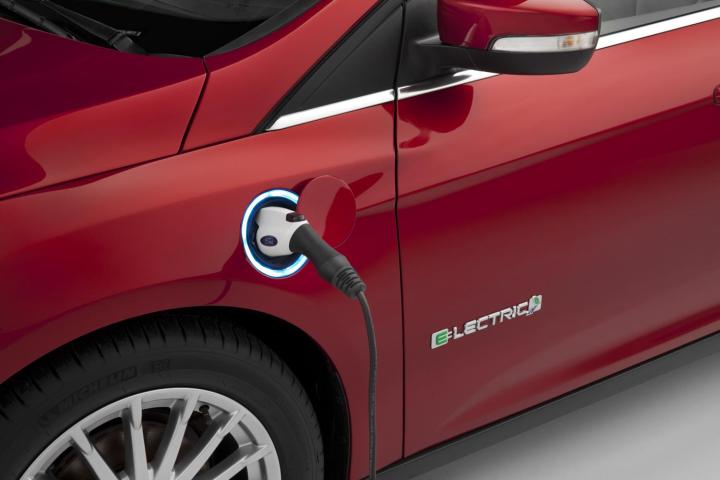
The Model T was the first mass-produced automobile. From its 1908 launch till the last one rolled off the line in 1927, Ford built 15 million units. The Model T was a hybrid that could run on gasoline or hemp-based fuel, according to History. The Model E will be available as a hybrid, plug-in hybrid, or all-electric, Automotive News reports.
The electric Model E is expected to have a 200-mile driving range , which tops the current Ford Focus Electric with its EPA-rated 76-mile maximum. A range of 200 miles per change is considered the minimum for an electric car to appeal to the masses. The 2017 Chevy Bolt has a proposed range rating of 200 miles per charge and the Tesla Model 3 promises 215 miles. Those vehicles, so far, are the Model E’s prime targets.
One possible wrench in the plans for a Ford mass-market electric car is timing. The Bolt is due in showrooms later this year. The Tesla Model 3 is scheduled to start production next summer, with the first units rolling off the line in late 2017. If the Model E isn’t available until spring 2019, both Chevy and Tesla will have had jumps on the market. However, the rest of this decade will still be early days for zero-emissions all-electric vehicles. So in the long run, a year or two between introductions may not matter much.
Ford already won one battle with Tesla. Tesla wanted to call its mass-market electric vehicle the Model E, which would make the letters of its first four models S, E, X, and Y. Ford shut that down fighting for the rights to the Model E, claiming precedent going back 108 years. Tesla CEO Elon Musk said at the time that “Ford tried to kill sex,” according to Electrek. So now, the Tesla models are S3XY, and the “3” is a graphic with three parallel horizontal lines.



